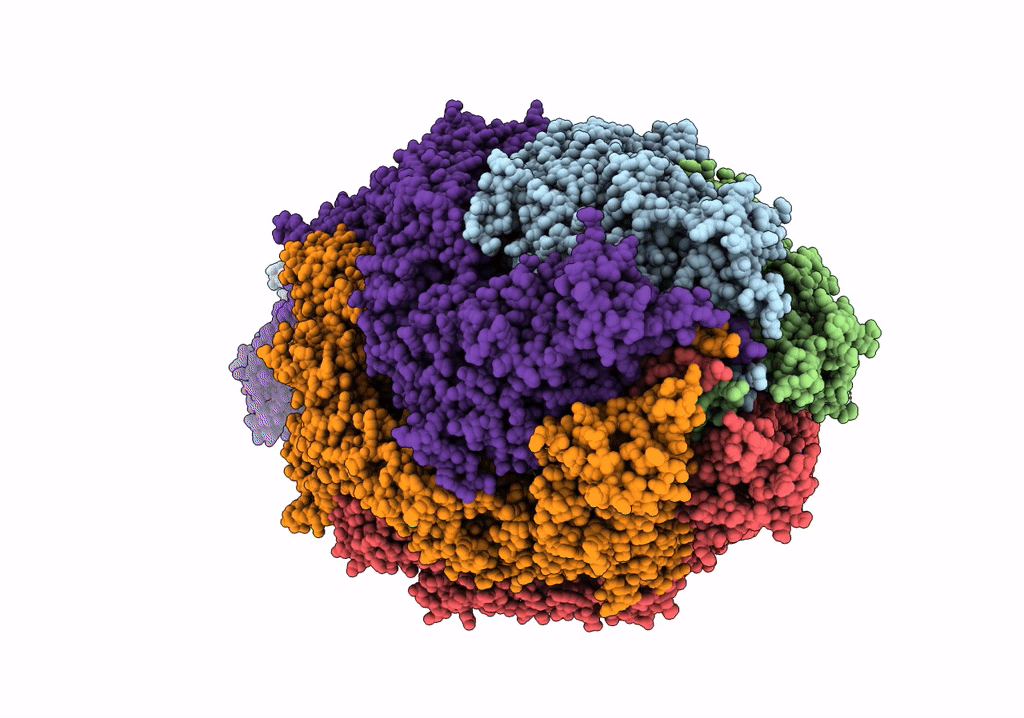
Deposition Date
2019-06-04
Release Date
2019-10-23
Last Version Date
2024-05-22
Entry Detail
Biological Source:
Source Organism:
Yersinia pseudotuberculosis (Taxon ID: 633)
Host Organism:
Method Details:
Experimental Method:
Resolution:
3.25 Å
Aggregation State:
PARTICLE
Reconstruction Method:
SINGLE PARTICLE


